China Coal
While the result from a physical standpoint seems to be clearer skies, implementing such harsh measures at a time when the Chinese economy is so dependent on the exportation of goods for the holidays seems a bit counterintuitive, and while it seems semiconductors, displays, and LEDs have all been spared such restrictions to a large degree, the effects of such power restrictions on upstream components will eventually take a toll on downstream production by further limiting product assembly and production. The US press has taken hold of that possibility with stories about how you might not be able to get everything you want for the holidays because of said problems, and, of course, the inability of the global transportation system to operate with a smaller employee footprint.
That said, things can get worse. The province of Shanxi in China, the country’s top coal producing region (394.8m tons thru May, ~26.4% share of total) is normally seeing the end of the rainy season, which typically peaks in July and is over in October. However this year (global warming?) the province is facing unusually heavy rainfall (3x the monthly average in 5 days) which has caused crop damage, over 120,000 people being evacuated, the destruction of over 17,000 buildings, and the closing of at least 60 coal mines, with more rain predicted this week.
While the government has taken radical steps to give the impression that it puts the environment ahead of economic growth, the timing could not be worse and Mother Nature is not helping. This will only serve to exacerbate and extend product shortages that are already plaguing the global supply chain, all to maintain a face that few actually believe. We can get along with a few less gifts over the holidays but those in China who depend on those factories being open will suffer the most. While a single party dictatorship has the advantage of being able to implement what it wants when it wants and does not have the downside of two ineffectual parties that bicker over every detail, the downside is that stupid mistakes and inefficiency take a toll on much of the population. What’s the weather like in Reykjavik?



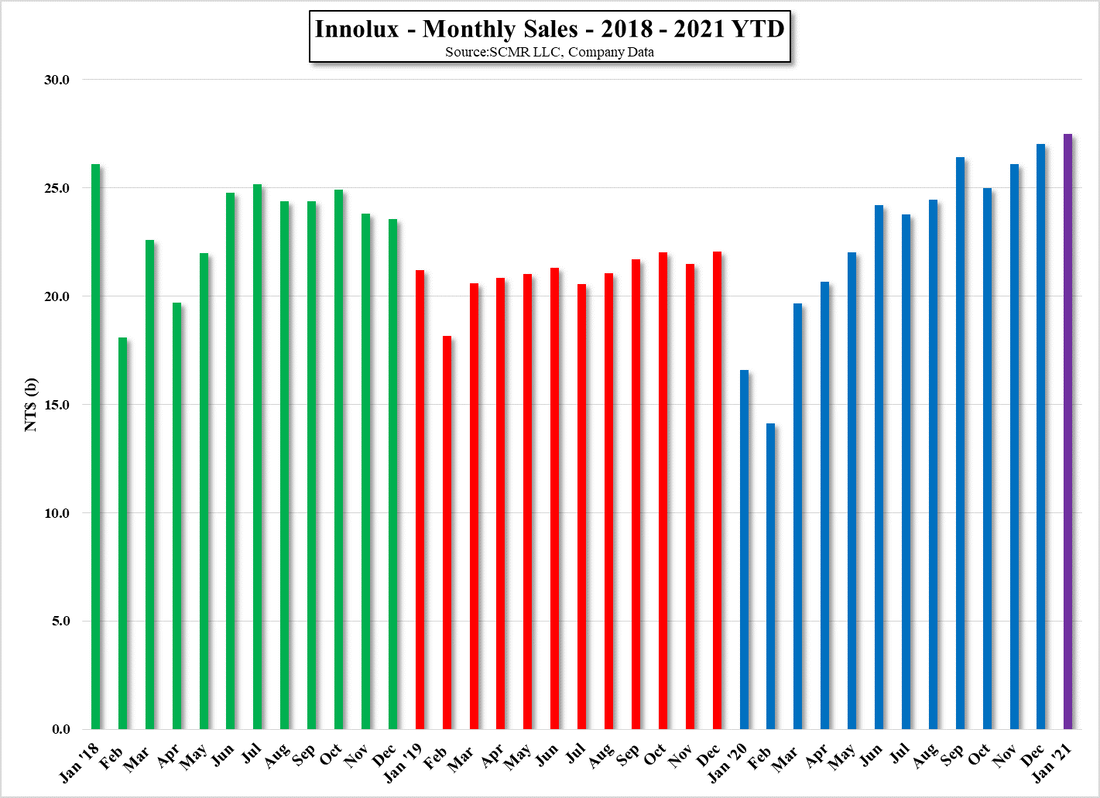
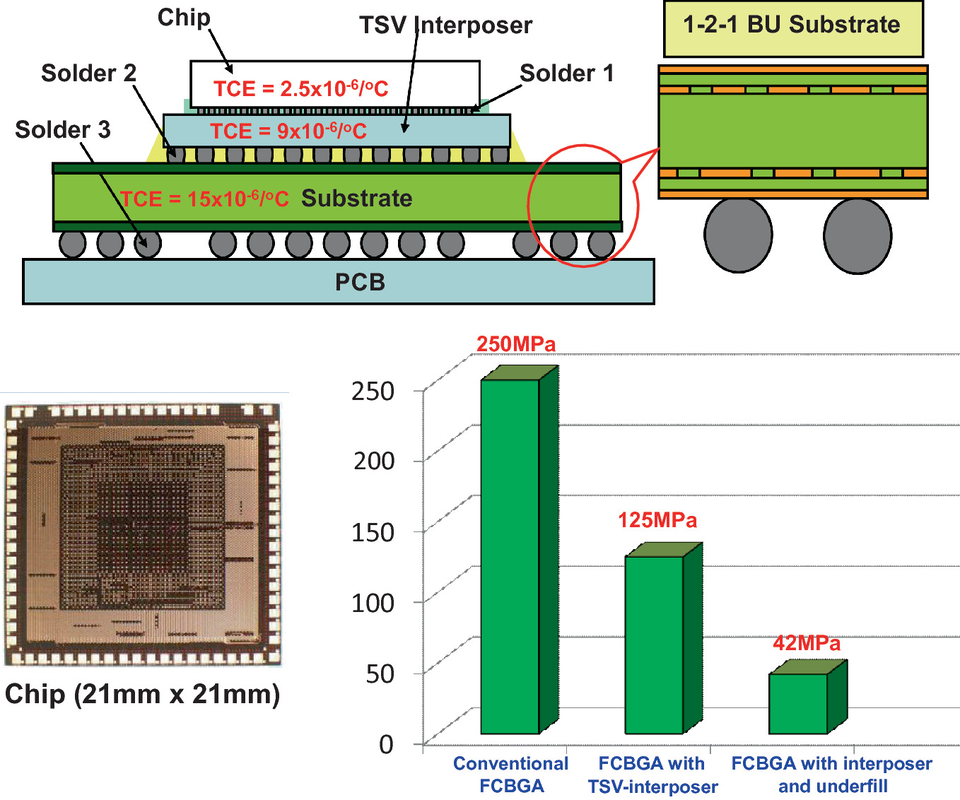


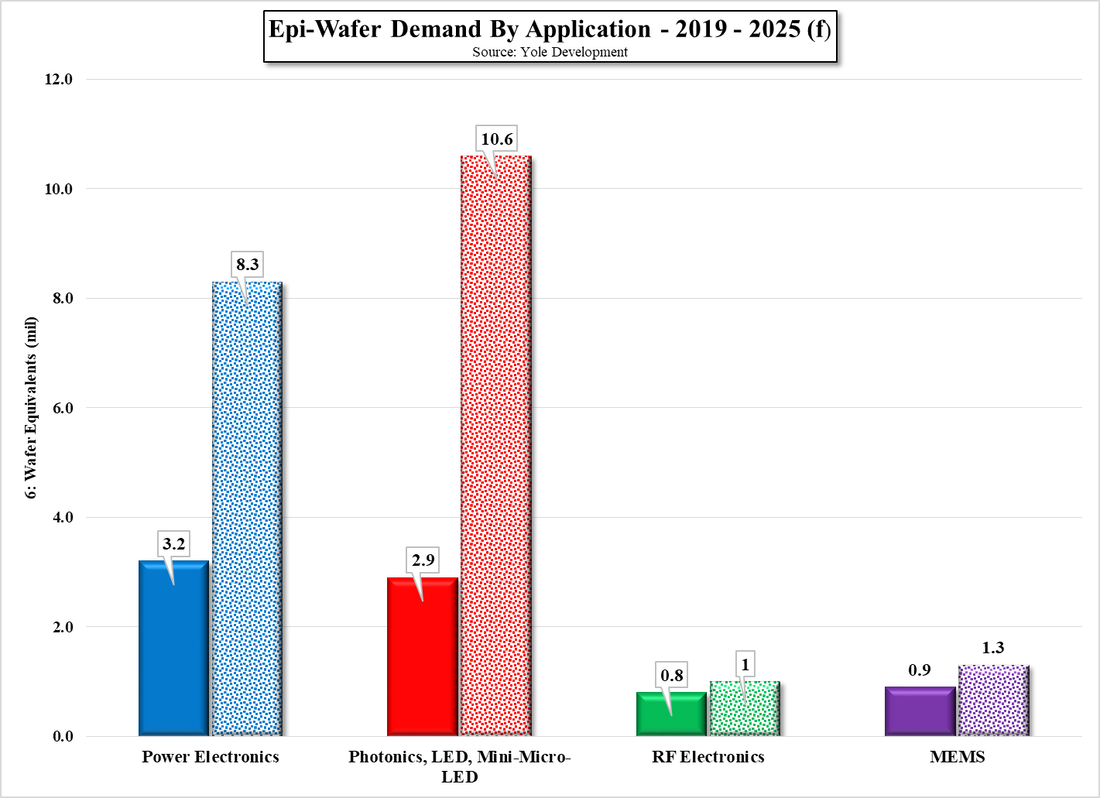

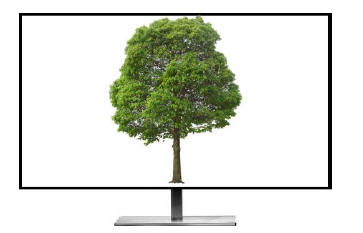
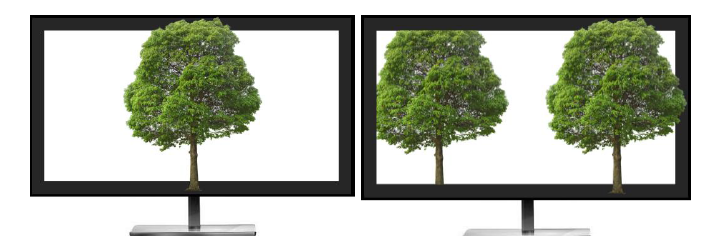
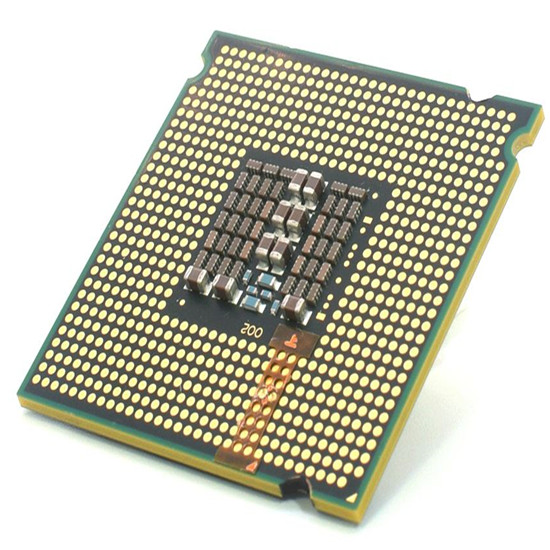




 RSS Feed
RSS Feed